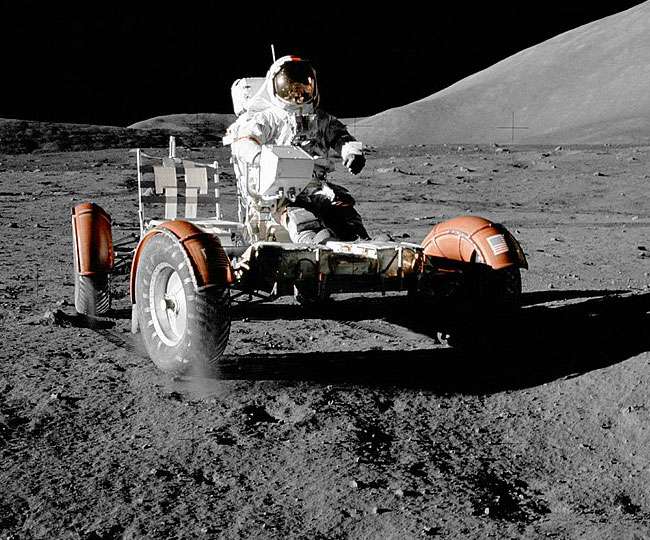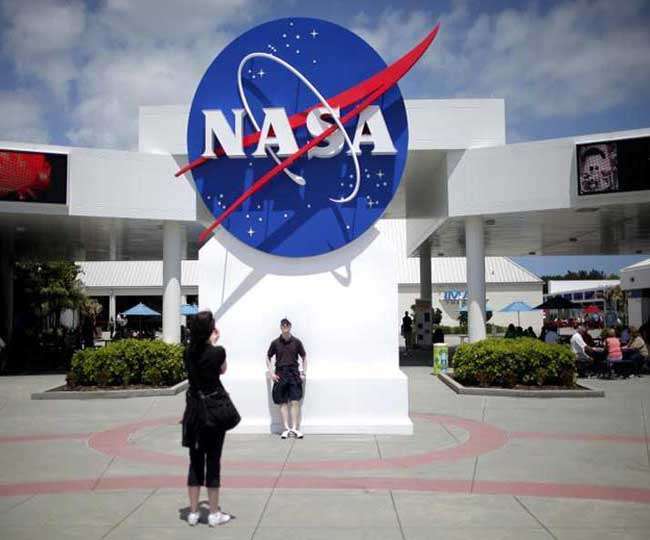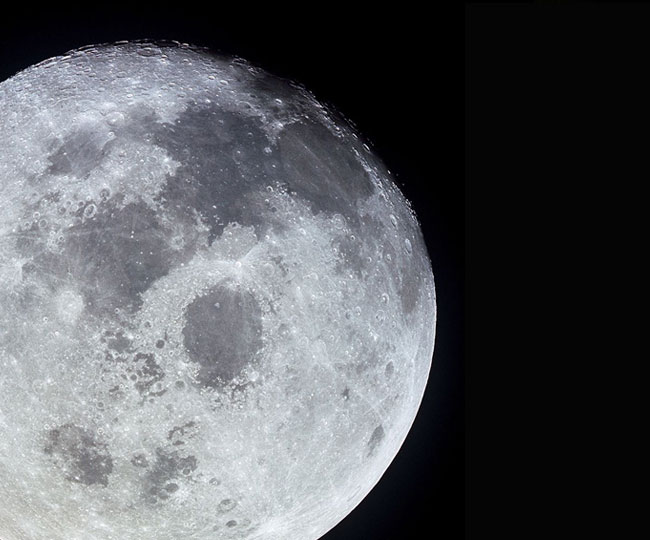
Washington, IANS. The US space agency NASA is preparing to send manned missions to the moon by 2024. For this, NASA scientists are collecting the smallest information related to the moon as well as analyzing the samples collected from there in the past. This sequence will now study samples of the soil and rocks of the moon, which were collected in the last expedition of the Apollo program.
Apollo 17 Campaign
The study, conducted by NASA, is part of the Apollo Next-Generation Sample Analysis (ANGSA) initiative. Through this, the samples collected by the Apollo 17 campaign are being analyzed again with the help of state-of-the-art techniques. This is being done for the first time in the last forty years. The samples, which were retracted for study on Tuesday, were brought to Earth by Apollo 17 expedition astronauts Jean Sarnan and Jack Schmidt.

Apollo 17 campaign was launched in 1972
ANGSA program scientist Sarah Noble said, “Analyzing these samples will help scientists to upgrade the technology. Also, astronomers and astronauts will be able to prepare for future lunar missions better. The Apollo 17 campaign was launched on 7 December 1972. Three astronauts were involved in this expedition. The campaign was completed on 19 December. No human mission has been sent to the moon since then.

For the first time, any female traveler will land on the moon
Under its Artemis program, NASA will send scientists with new equipment and technology to study the moon. It is expected that by 2024, the US space agency will be able to land its astronauts on the lunar surface. In the past, NASA said that under a new mission, it will first land the female and then the male on the lunar surface.
Campaign name after Apollo’s sisters: The event is named ‘Artemis’, considered to be Apollo’s twin sisters. According to the agency, its space program ‘Artemis’ will play a very important role in its Mars mission. According to NASA, ‘Artemis will make our way to Mars. This mission will go its own way, taking inspiration from the Apollo program.











